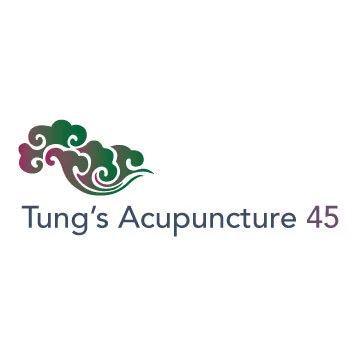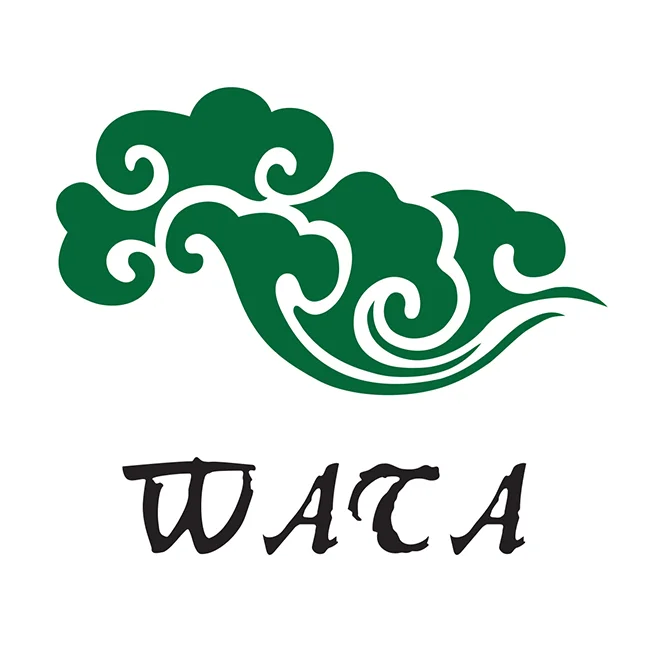3: Why Jiexue ( 88.28) and Muhuo (11.10) points are not supposed to retain the needle for long time?
/In our previous discussions (question 3, the third round), the time nature of a point once discussed this question.
1. Jing-well points treat the most acute/urgent diseases. “When diseases are at the Zang, select Jing-well points.” Ancient people believe that loss of Shen (spirit) and consciousness indicates the diseases are at the Zang. In wind stroke, other than loss of consciousness, one’s spirit is often changed. Jing-well points are able to wake brain and open orifices, quite Shen (spirit) and clear heat, drain excess and expel evils. Jing-well points are often used at emergency such as sudden disorder of spirit and will. Jing-well points are used for acute syndromes. As they are located finger or toe tips which are with very thin muscle, they mostly are pricked with a three-edged needle and do not retain the needle.
2. Ying-spring points are for secondly acute/urgent diseases. “Ying-springs treat exterior channels.” “Ying-spring points master body heat.” Here, “exterior channels” relate to “channels” as well as “exterior evils.” Externally contracted syndromes are wind-“cold” or wind-“heat”. Ying-spring points belong to “water” or “fire” and hence are good at externally contracted diseases. Externally contracted diseases are not as urgent as loss of consciousness in wind stroke, but wind evil is migratory and changeable, and often causes diseases suddenly and hence they also belong to urgent diseases, but less urgent than wind stroke. Ying-spring points are located posterior to the Jing-well points and the diseases they treat are less acute/urgent than those of Jing-well points. Sanchasan (A.04) and Muxue (11.11) in Tung’s extraordinary points commonly used for common cold are located closely to Ying-spring points. The diseases they treat although are newly contracted, but are less urgent compared to wind-stroke. Those points usually do not retain the needle for long either. Muhuo (11.10) point is located between Jing-well point and Ying-spring point and is not supposed to retain the needle for too long.
Jiexue (88.28) is located closely to Liangqiu (ST34), the Xi-cleft point of Stomach. Xi-cleft points are usually for acute disorders and pains due to sudden channel obstruction or qi disturbance. They are particularly effective for acute disorders or pains on their respective channel. Jiexue (88.28) is located closely to Xi-cleft point Liangqiu (ST34) of the Stomach, which is with abundant qi and blood. Hence it is particularly good at regulating qi and blood and treating qi and blood disturbance and fainting resulting from acupuncture. Because qi and blood disturbance and fainting resulting from acupuncture are acute syndromes and not internal acute abdominal disorders, it is not appropriate to retain for too long. If Xi-cleft point is used to treat acute abdominal disorders, it is suggested to needle deep with strong stimulation and long retention.










